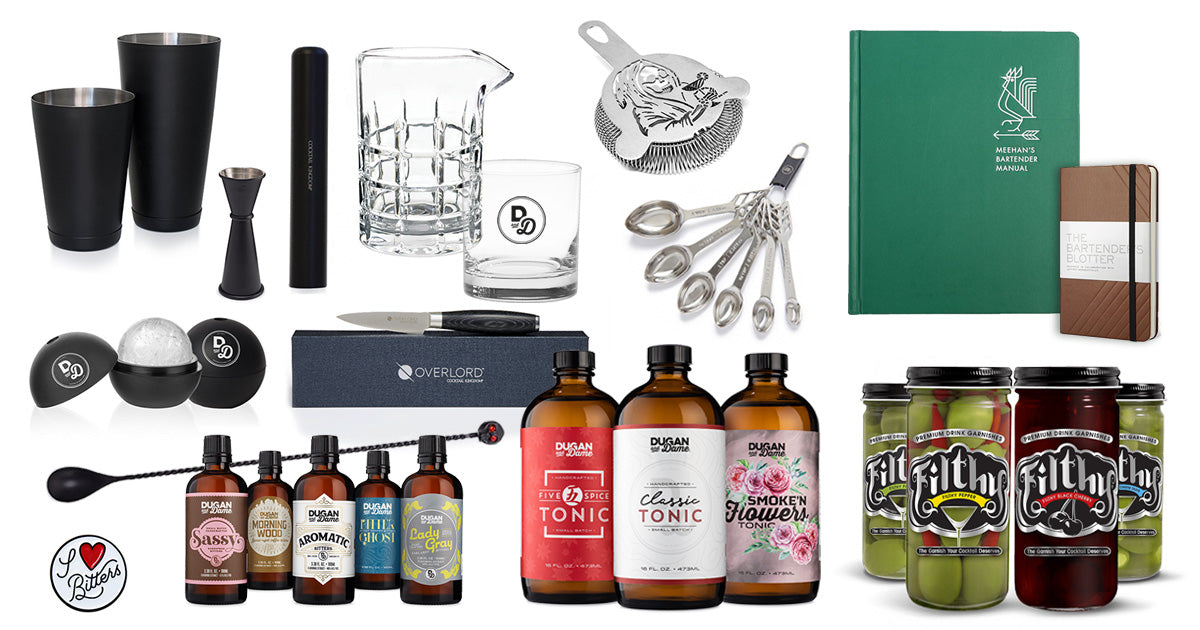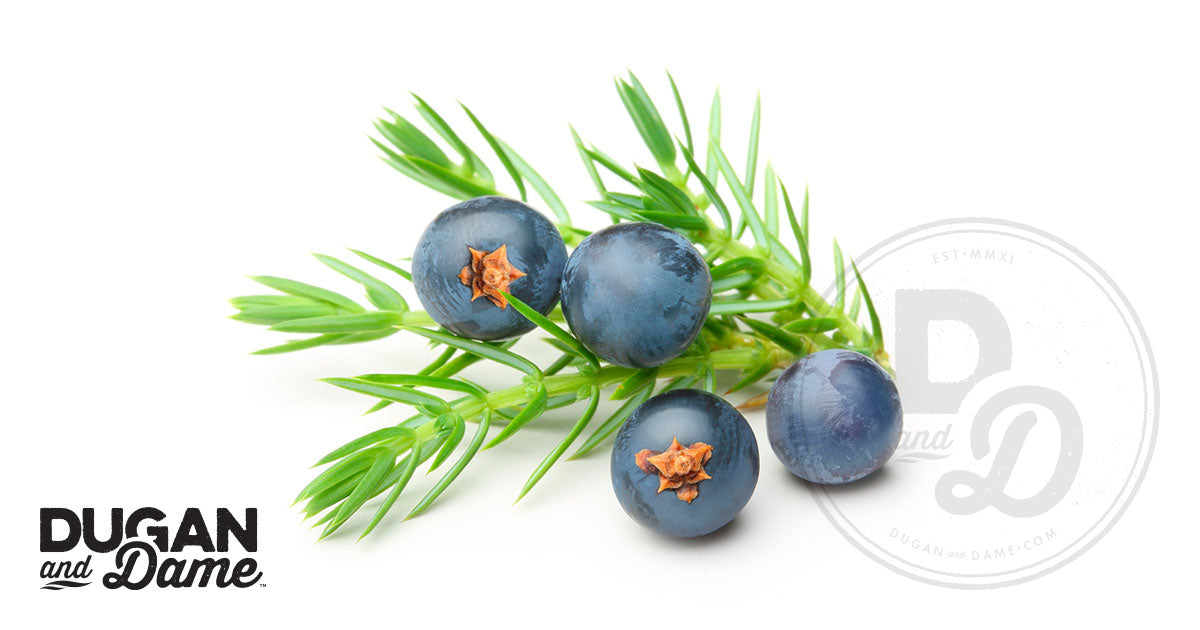
THE FILTHY TRUTH IS WE CAN ALL USE A HAND
In a world of competition, uncertainty and discontentment, every once in a while the world slows down and a connection is made that forever changes the path and momentum of your life, or in our case – our brand. This connection is one that has been in our life for a while and one of those people who always returns a call, is available for a chat, an open conversation and as a mentor for us. Daniel Singer, friend, sandbox playmate and mentor is that person. Oh, by the way, he also founded, owns and operates the amazing brand, Filthy Food.
Vaughan and myself, along with our newest hire Kali, had the honor of visiting the Filthy headquarters down in Miami and dove into the brain of Daniel who was such an amazing open book for us. If you have ever opened your own business, you know all too well that mistakes will be made, money will be spent in the wrong direction, and waste will happen as you scrap ideas, products, and practices that no longer make sense. Daniel has spent more than 12 years building his brand and navigating through all the fun, missteps and growing pains of amazing growth that also comes along when you stay focused and know who you are.

In gratitude for Daniels openness and the appreciation that we are all in this life together and the world is simply better when we help each other, we thought we would share some of our insights from our quest of learning from those who are venturing before us. We dove into packaging, labeling, shipping, equipment layout, knowing when to purchase new equipment and defining who you want to be to the consumer. I think we each received a mini masters degree on how to build a business in just under two hours. We left there excited, inspired and our minds running in a million different directions. So here are some of the highlights we learned…
Packaging
Packaging is a beast of a necessity that can either make or break your business. It adds to your product cost so you have to be mindful of every piece of packing that is used. BUT, it also is important to securing the product for shipping to the final consumer. So some things to think about in regards to packaging
- Where is the most vulnerable point of the container/package? Once identified, how do you secure that point to decrease/omit damage from the product. So very important since broken containers can cost 3x as much due to replacement and affects the brands image.
- What does the packaging look like and how does it make the consumer feel? There’s primarily two sets of packaging you are working with – what the product comes in and what it’s shipped in.
- Which shipping containers are needed for business to business sales and which ones are needed for business to consumer sales? B2B are going to be ripped opened and the product placed on a shelf (package appeal is not as important). B2C is the first in hand contact you have with the final consumer and will provide an impression for the product.
- Is your product quickly identifiable by its shipping box and container? While in the warehouse, the more time you take to hunt down product in order to move it for shipping, the more money that is lost on that product. In a warehouse time is money. One quick work around is to tape your shipping boxes with product specific tape.
- How much does your product packaging weigh and is there a way to provide packaging that is less expensive (weighs less & easier to ship) yet still is on brand?
- How wasteful is your packaging? Can you reuse boxes your packages came in or find more environmentally friendly options?
Equipment
From production to packaging to shipping, labor is involved. It is important to identify where and when to purchase equipment in order to reduce labor. Factoring the price of equipment into the speed of production then comparing that to the savings incurred through reduced labor can help you determine how long that machine will take to pay itself off. This can help you better determine which equipment is more critical when.
Also, understanding that equipment can break or faulter. And when it does, labor increases and production slows down. Taking this into consideration can help you better determine what types of warranties to look for and the type of skilled labor that is needed to fix the equipment as it will be important to get it fixed quickly.
Flow
The flow of a warehouse determines efficiency which improves or cuts into the bottom line. Laying out equipment and reducing physical steps needed to run and work the equipment also reduces labor and improves production. Continually identifying a tight flow will increase profit margin.
B2B versus B2C
Business to business versus business to consumer, which one do you focus more on? Some products lend themselves more to one avenue or the other while others can play equally in both spaces. With the changes that are occurring due to covid, it is important to dive in to reflect on the best way to reach your target consumer.
Who are you and who is your consumer
Well I suppose we should have started here as this is the most important determinate of growing the business. This is part R&D and part reaching in and figuring out who it is you want to be as a business and a brand. Because if you don’t tell the consumer who you are, they will come up with it on their own and you may not like what they offer.
- What is your product all about
- How do you want to make your consumer feel
- What differentiates you
First and foremost, understand your competition and what else is out there in your same space. This way you can begin to determine who you want to be in the market and what will set you apart. Why do people purchase this product? What is it used for? Why does it matter?
Then define what makes you different and how you want to make the consumer feel. What does your product say? This will guide everything you do. It helps you create a vision for your company.
It is important to know who your consumers are. Are you thinking local? Regional? National? Global? And wherever you want to grow too, keep that in your mind. This helps steer all of your growth and branding.
These are just the highlights. We walked away with so much to think about and homework to do. It can be tough starting a new business and brand and we are so grateful to those who help guide, mentor and support us. We truly are all in this together.



